The Apple Watch Review
by Joshua Ho & Brandon Chester on July 20, 2015 8:00 AM EST- Posted in
- Wearables
- Apple
- Mobile
- Apple Watch
WatchOS: Communication
If you’ve been reading closely in the past few pages, you’ll probably notice that there’s a rather consistent theme when it comes to what I find myself doing with the Apple Watch. For the most part, those uses revolve around instant messaging, text messages/iMessage, email, and the extremely rare phone call. Ultimately, communication is what the Apple Watch is all about. I suspect that this is ultimately why Apple has placed a dedicated side button for the Friends screen, which contains a carousel of contacts that you would frequently contact. In practice, this is the only way to access some of the features that are specific to Apple Watch, namely Digital Touch and sending animated emoji.
The Friends UI itself is definitely quite effective for what it is, and really shows again just how useful the digital crown can be when it comes to keeping the UI compact without compromising usability. Selecting a given person is done with the digital crown, with confirmation providing by tapping the display. Once confirmed, the user can elect to call or send a text message. If the friend has an Apple Watch as well, the previously mentioned Digital Touch and animated emoji features will also be accessible from the same screen.
Honestly, I saw next to zero value for sending heart rate or animated emoji, but the ability to send taps to someone is really quite helpful given how good the haptic feedback (Taptic Engine) is at getting someone’s attention. It’s definitely possible to accidentally spam taps to someone without malice though, which is something to be mindful of. Drawings are also a fun feature, but probably not a killer app. At the end of the day, it’s probably a fair bet that you’re going to spend most of your time using the Apple Watch to send text messages and make phone calls rather than drawings or emoji.
Although I’ve already discussed the text messaging aspect, the phone aspect is a pretty interesting experience. In practice, phone calls are definitely not going to work in public on the watch, but in private settings I found the experience to be without any major problems. The actual phone call part of the experience is usually pretty relaxed as you can basically leave the iPhone 6 somewhere else and talk over speakerphone with your hands on a computer as the microphone can still pick up voices reasonably well in that kind of situation as long as you haven’t covered the mic with your wrist or clothing. Trying to make a call is also one of the easier things to do, with a list of recent calls synced from the paired iPhone, favorites, a contact list, and voicemail access from the phone application. You can also make a call from the previously mentioned Friends screen.
One issue that I've observed when making calls on the Apple Watch is that there are times where it will hand the call off to the iPhone rather than completing it on the watch. In fact, every time you make a call you will momentarily see a message that says "Handed Off", which would imply that the call has been transferred to the iPhone. Usually this will be quickly followed by the standard ringtone and call connection being done using the speaker and microphone right on the watch, but I've encountered times where it actually does hand the call off to the iPhone and there's no way to pass it back. This seemed to happen in very specific circumstances, such as calling a certain contact using the friends menu rather than right from the phone app, and it's definitely something that will just require a small bug fix.
Something else to note about audio calling is that the Apple Watch doesn't support making FaceTime Audio calls. This is less of a problem now than it would be in the past, as Continuity and Handoff allow iPhone users with iPads and Macs to answer phone calls on those devices. That being said, it means that there's no way to communicate with a person on their iPad or Mac if they don't own an iPhone, which is somewhat disappointing with how FaceTime is positioned by Apple as a way to communicate across all Apple devices. I would imagine that support for FaceTime Audio calling will be added down the road in either a software update or a new version of the Apple Watch, quite possibly with a front-facing camera to enable both video and audio calling.
Fitness
Fitness has been a huge trend in the wearable industry as of recent, with no signs of slowing down. Heart rate monitoring is almost a standard in smartwatches by this point for better or worse, as is step counting. Fitbit, Jawbone, Microsoft, Garmin, HTC, and others have all made strongly fitness-targeted wearables. In the case of the Apple Watch, I was somewhat dubious that this feature would be all that important to my evaluation of the watch. After all, an enormous number of these wearables suffered from the abandonment problem that I previously discussed. Given that fitness tracking didn’t seem to be all that of an appealing feature, I was pretty well convinced that the selling points of a truly successful wearable would be elsewhere. I’m also decidedly low-tech when it comes to how I approach exercise, as to me there’s no real data needed other than a timer and whether I feel like I’m exercising at a sufficiently strenuous pace, when I exercise at all. As a result, I haven’t been evaluating applications like Endomondo and other fitness-related applications in deep detail, and I didn’t really expect to be writing this section either.
So now that we’ve established the background in which I approach fitness, we can start to talk about the actual fitness app on the watch. The fitness aspect is actually remarkably simple. Setting up the application at the start goes something like inputting your height, weight, sex, and age, then selecting a starting move goal. Once you’re done with all of this, just about the only thing you actually have to do with any kind of regularity to make the fitness tracking work is put the watch on and make sure it isn’t locked when you use it. One of the most important parts of getting people to actually use an application is to always ensure a low barrier to entry, and Apple has pulled this off remarkably well.
From there, the actual fitness tracking is completely invisible. The user never actually has to actively interact with the watch to get fitness tracking to work. There are only three metrics tracked at this time, but they’re probably the most important predictors of health. The first is movement, which appears to be at least partially based upon heart rate because I seem to have “movement” calories during times when I’m doing nothing but sitting in front of a computer and typing. The second is exercise, which is definitely influenced by heart rate although I haven’t been able to really experiment to see if heart rate is the sole determinant of this metric. The final metric is standing, which effectively attempts to get people to stand for at least a minute every hour for twelve hours a day.
As far as I can tell, after a few weeks of continuously using the watch with the phone paired it didn’t make a real difference in distance estimates when I would forget the phone and rely on the watch for distance estimates. When using purely passive distance tracking, I found that the watch estimated a 1.8 mile walk at 2 miles, or roughly 10% error. However, when selecting the "outdoor walk" fitness option a 1.8 mile walk was estimated at 1.75 miles, which is pretty much no error at all.
There is a workout component, but I suspect that this is something more targeted towards someone who is actually setting aside time every day to do nothing but exercise. I tried the interface and found it to be a useful addition, but I really haven’t had a reason to use it as the automatic tracking is pretty much good enough for my needs.
Of course, outside of tracking the watch will also give you reminders (or guilt trips?) throughout the day of your progress on these three metrics. If you haven’t stood within the last hour, the watch will also remind you of this so you can stand for at least a minute and take a break from whatever you were doing. None of these are really all that intrusive though as the reminders are widely spaced throughout the day so it didn’t feel like I was getting bombarded by notifications from the fitness application. The stand notifications can get pretty excessive if you’re sitting down for an excessive amount of time, but it’s possible to disable this which is a nice touch.
Surprisingly, I found myself looking at these features pretty often because it’s data that I haven’t actually had any real insight into. I’ve never really used a fitness tracker that keeps track of something as simple as standing time, which seems like an obvious metric to track as soon as you start using the fitness functions of the watch because sitting for extended periods of time can have significant effects on health regardless of how much exercise you do. Other fitness trackers have also tracked calories burned and distance covered before, but an actual exercise metric is surprisingly helpful because it’s often difficult to tell what exercise really constitutes as. For example, I wouldn’t consider walking at a decent pace to and from a store half an hour away to be exercise, but with heart rate tracking it turns out that at least half an hour of the one hour walk was actually exercise. I’m sure some people would consider this to be cheating, but in practice I’ve found that the end result was that I had a tendency to try and be more active more often because almost any kind of reasonably strenuous activity would be counted as exercise.
Overall, I found that the fitness component of this watch to be a real surprise. I often hear that Apple is good at making things we didn’t know we wanted, but this is probably the first time I’ve really believed that statement. Going into the review, I didn’t really realize that I wanted a solid fitness tracker on a smartwatch, but now I’m really convinced that there is value to such features.
The only difference was implementation, and it’s apparent to me that the difference here is strongly influenced by a level of thought that I otherwise haven’t seen in most smartwatches. I don’t particularly care for step counts, but I do care about how many calories I’ve used through activity and how many minutes of exercise I’ve done in a day. Even if you don’t care about fitness tracking, the watch’s fitness tracking capabilities are worth keeping in mind when comparing against other wearables. Of course, buying Apple Watch isn't going to magically make you healthier, but it will provide information that allows such actions to be taken.


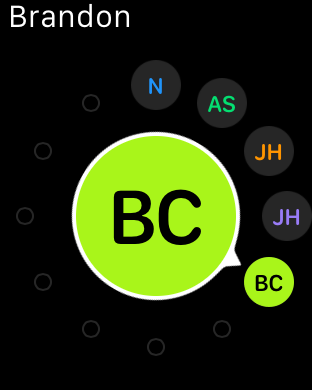

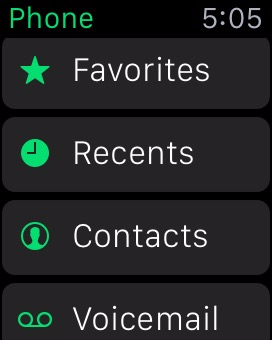
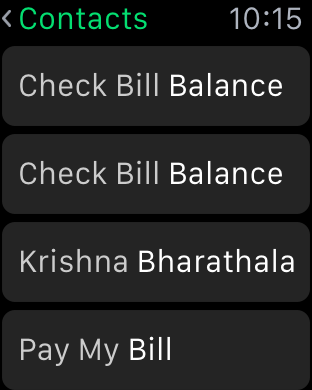
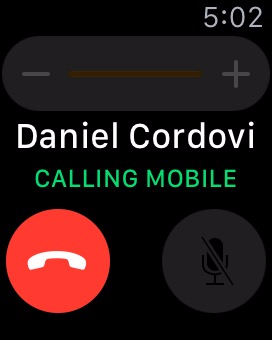
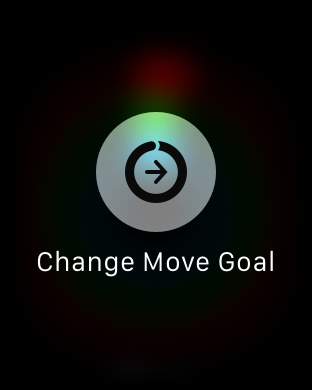
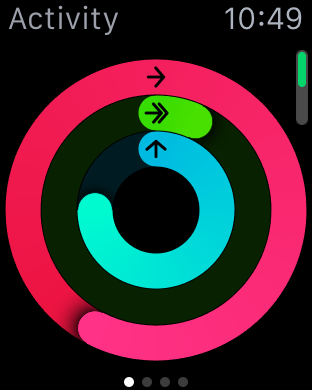
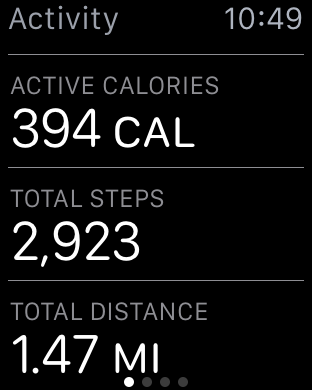
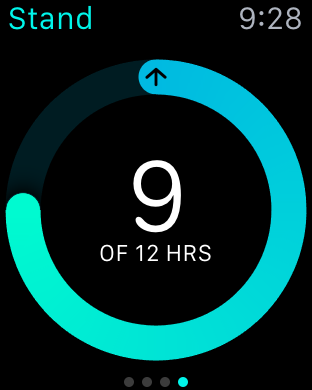
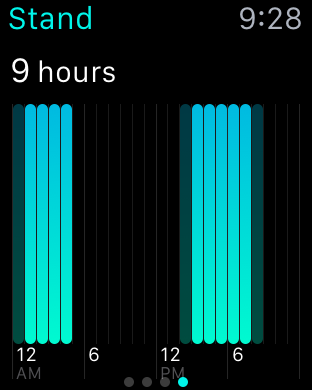
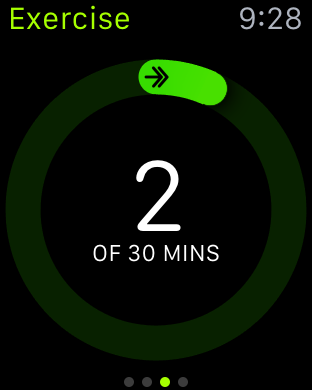
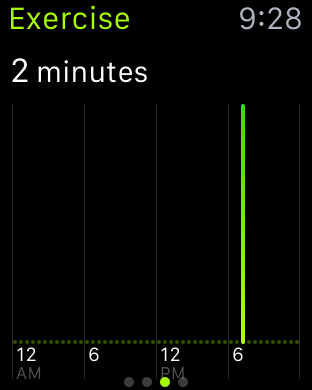
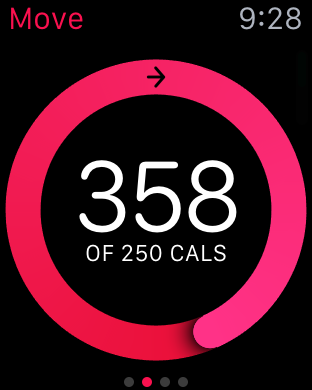

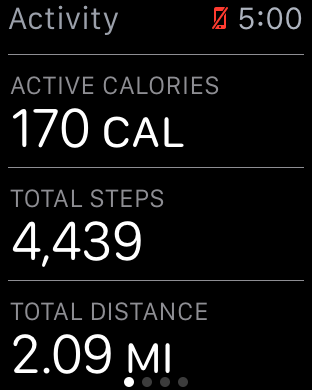
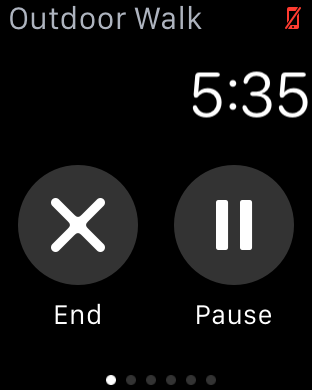
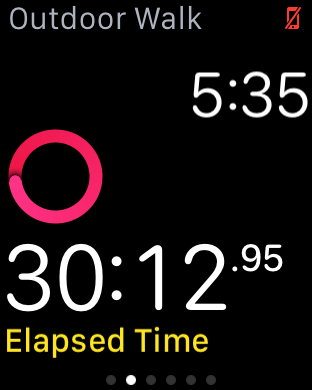
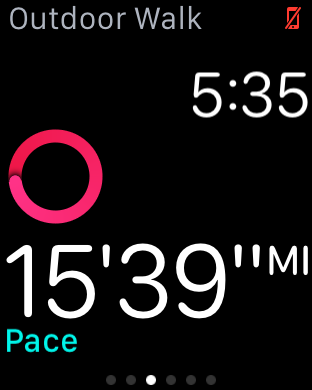
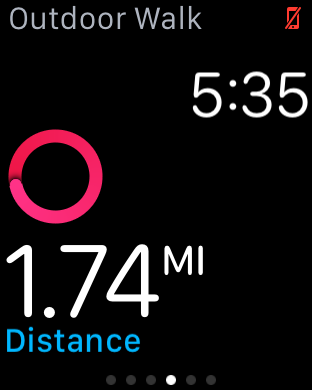
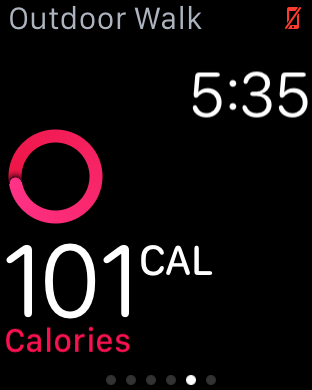
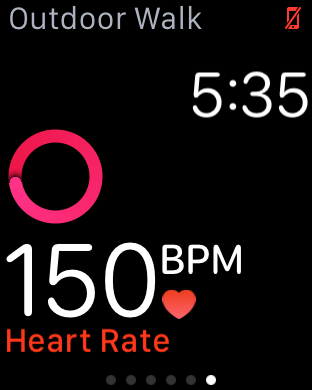
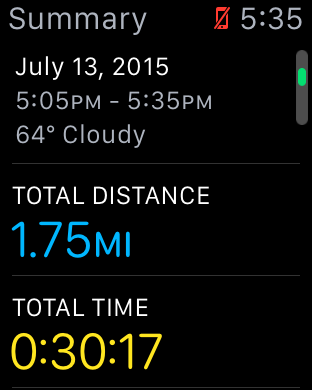
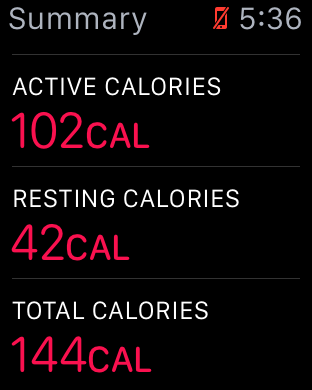
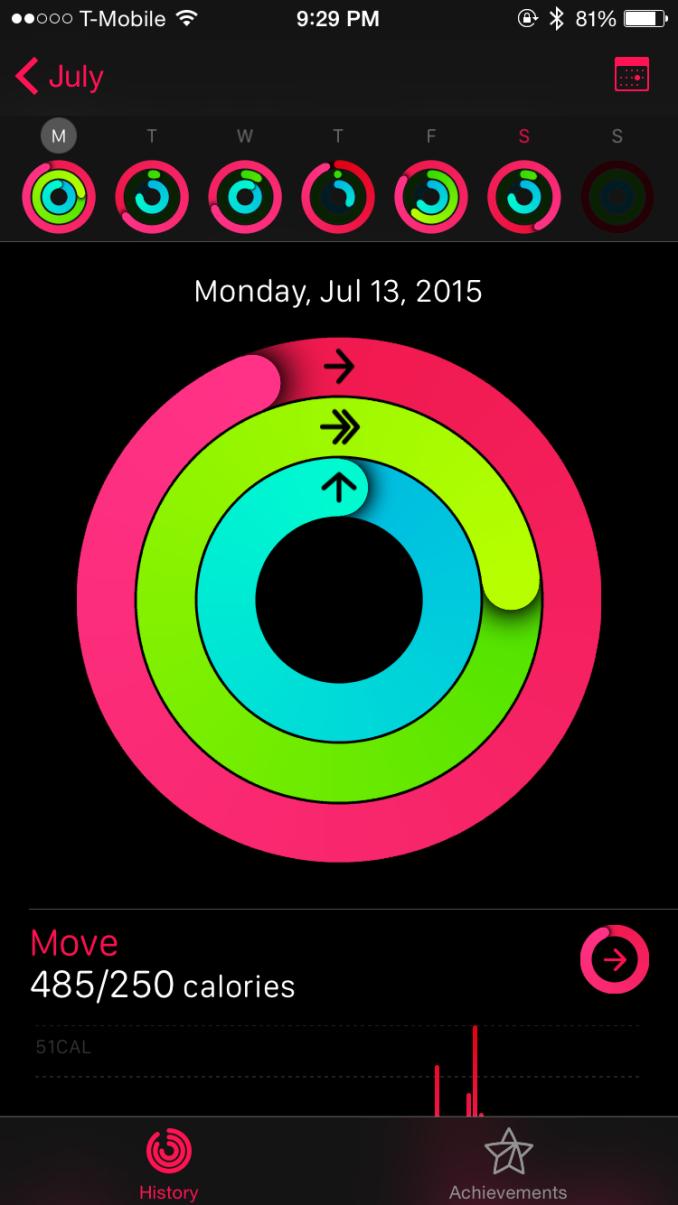
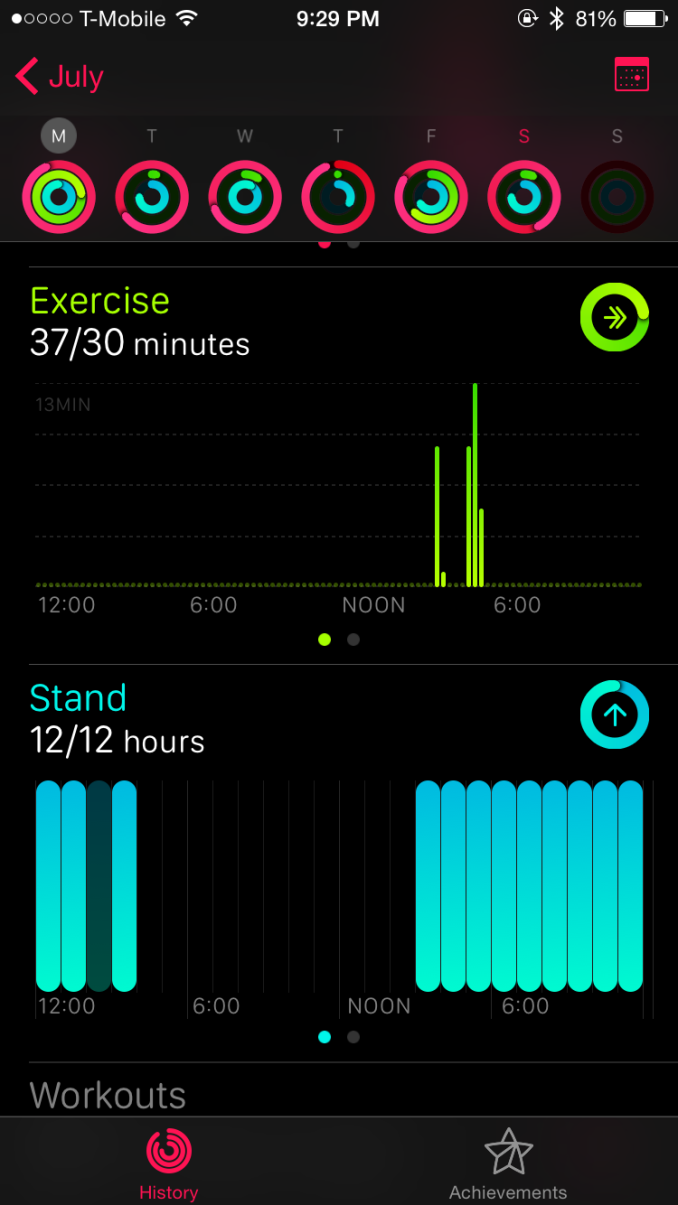
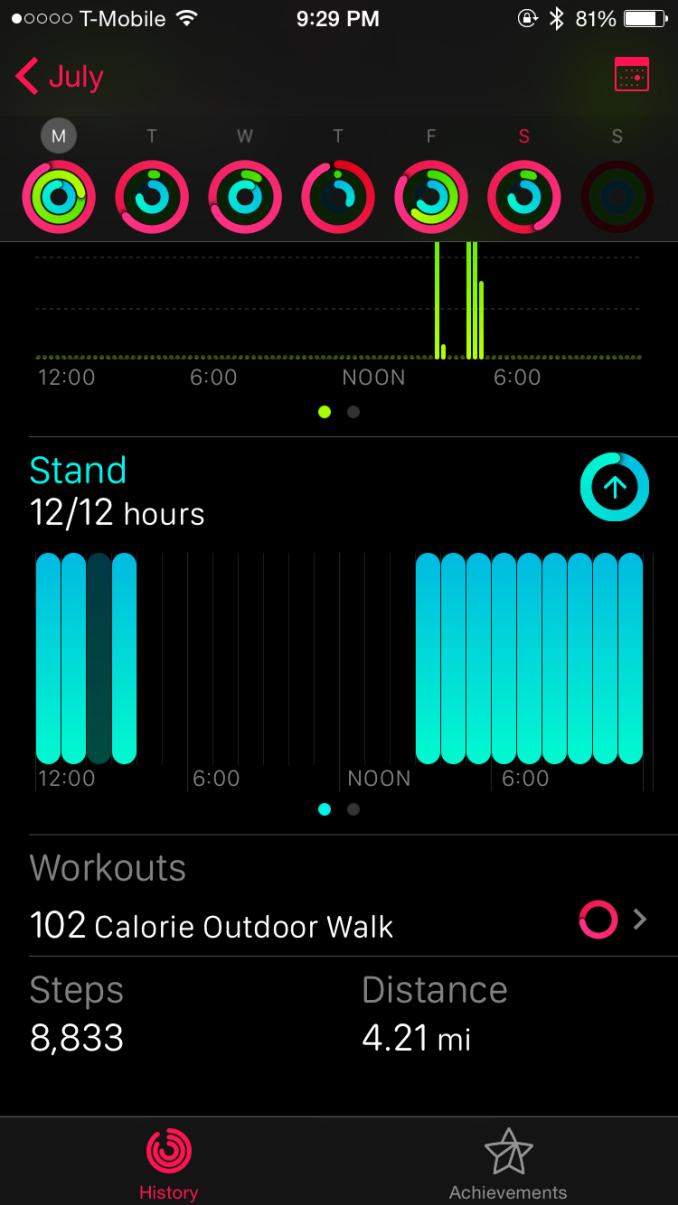
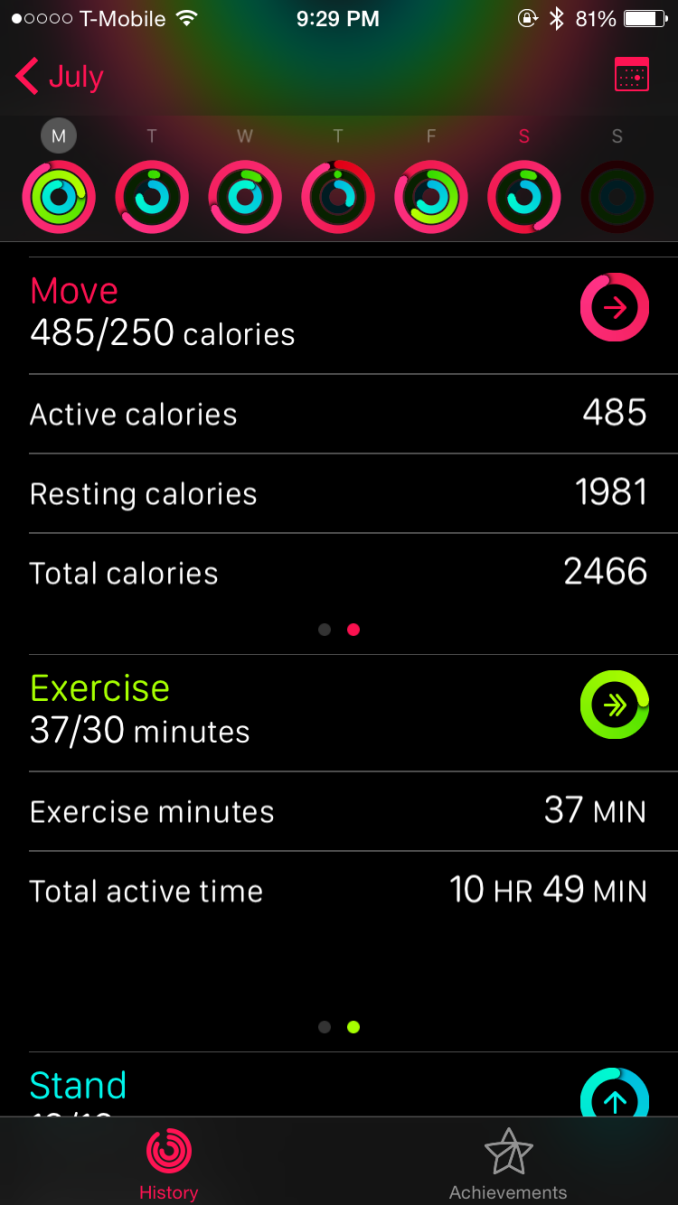
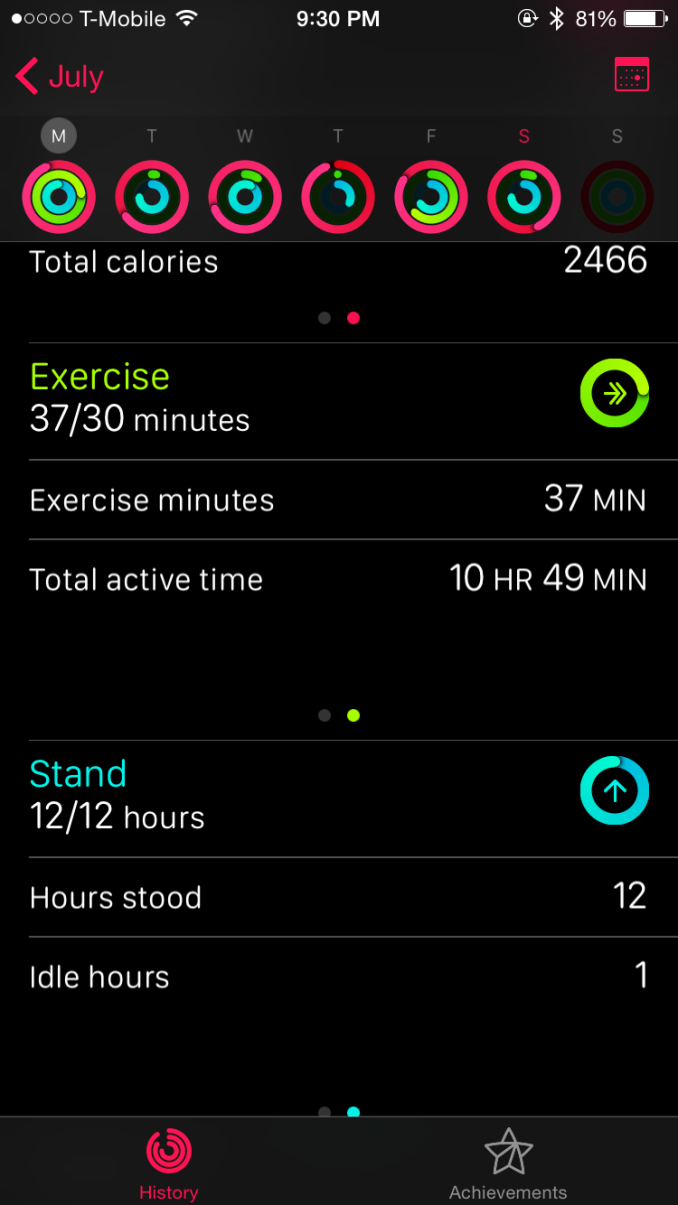
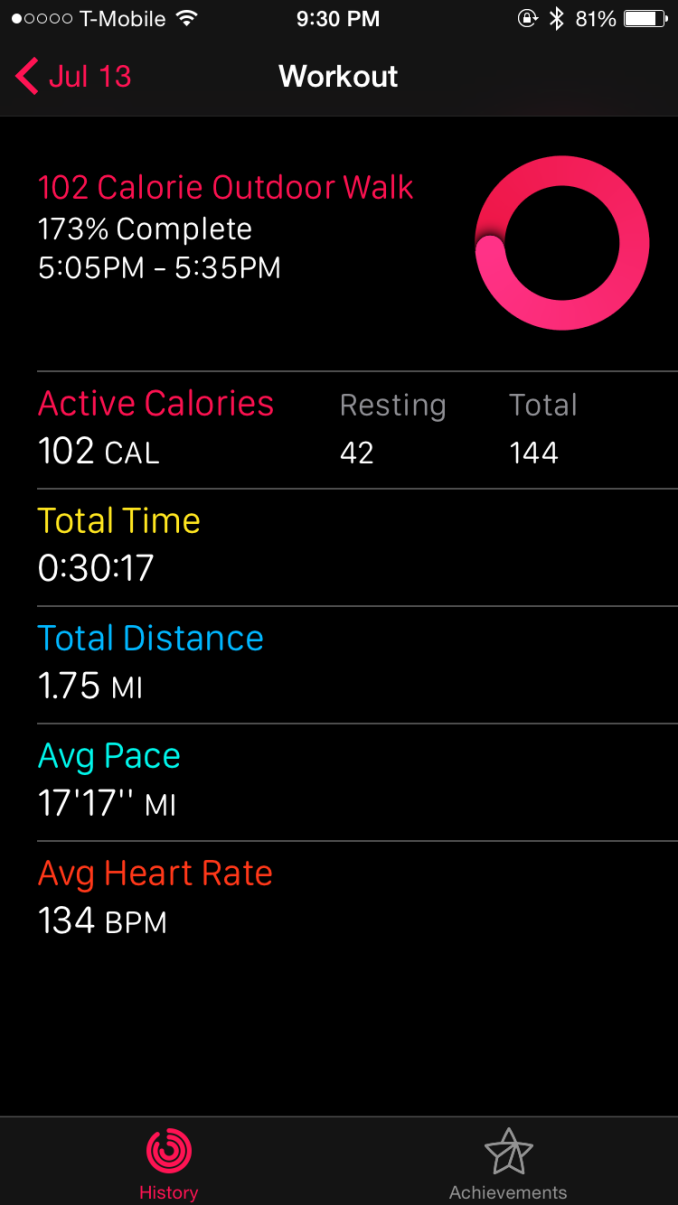








270 Comments
View All Comments
relentlessfocus - Monday, July 20, 2015 - link
I bought my AppleWatch out of curiosity though I was dubious about functionality, unenthusiastic about the physical design and unsure if I'd find it comfortable to wear as I hadn't worn a watch in decades and since getting a smartphone I saw no particular need to wear a device for telling time. I bought a space grey sport and bought a green plastic band.Almost immediately I liked wearing the watch as a fashion item. YMMV but once I was wearing it I liked how it looked. As I work out a lot on a rowing machine I hoped the heart rate monitor could replace my Polar HRM. To an extent it has. When comparing the read outs from both in a steady state situation my readings are within 1-2 bpm. The watch does take 15 seconds or so to get a reading while the Polar Band seems instantaneous. The band of the AppleWatch has to be worn tighter than normal to get a good reading. Occasionally the AppleWatch gives a totally false reading for awhile then jumps back to accurate readings. Calorie burn comes out almost identical to Concept2 readings plugged into their calorie counter.
ApplePay has just come to the UK and I'm eager to try that out when my bank joins at the end of the month. Some of the inbuilt functionality does minimise friction of my use of my iPhone reducing the number of times I have to pull my phone out of my pocket. Agree that's a first world problem but I do live a first world hectic lifestyle.
Despite the rant of JJJ below I like my watch and I'm happy I bought it. I don't think it's a must buy for most people, it's a convenience at the moment not a necessity. I do think that wearables have a strong future. Biometric sensors are bound to become more sophisticated, GPS receivers smaller, and a range of use cases unimagined today likely to arise.
mrdude - Monday, July 20, 2015 - link
"Although we don't have an objective battery life test, the Apple Watch never failed to last a full day, and charge time is acceptable although nowhere as fast as something with wired fast charging. This sounds like a relatively short comment, and it's because I sincerely never worried about battery life. Range anxiety just isn't a problem like it is on smartphones."That's precisely why this is a very poor watch -- and even smart watch, for that matter. Battery life should be roughly a week and not a single day.
Up until a year ago, I never wore a watch. Now I can't go without it. I left the house without it on once and felt like I wasn't wearing any underpants. The only reason I began wearing one was due to work, and more succinctly because I couldn't pull out my cell phone whenever I felt like (hospital setting). A smart watch would be perfect for me, as I could potentially use it as a regular watch, and also access/read messages beaming from my phone... except 'dat battery. The apple watch turns off the display *way* too quickly and still suffers from very poor battery life. Further, as an independent device it's practically useless.
I really dislike this review. It's not so much that the technical aspects aren't discussed, and done so well, it's just that the practicality is practically ignored. And that ultimately is why this is a pointless device. My use case isn't a corner case either but rather the epitome of a perfect scenario for this device: a phone-away-from-phone that could offer a "smart" device while still maintaining the practicality of a watch. This isn't it. It does neither. And for other use cases, one can make the argument of why not just use your phone in the first place?
Kjella - Monday, July 20, 2015 - link
With no offense, I find your expectations unrealistic. If you want a smartphone strapped to your wrist - particularly one lasting a week as few phones do - it's going to have the weight and volume too. I actually expected it to be more like a smartphone wrist accessory like a bluetooth headset, not less. If they want this to work better, they should do more to make the smartphone the "cell tower" and the watch the "cell phone" part of the relationship as another 50g in my pocket would be fine if I need to drag it out less. Maybe have less ambition about performance and concentrate on simple 2D graphics for notifications at a lower cost. But in the end, their primary customers are those who are saying "Watch? WTF do I need a watch for, that's so 20th century." Because it's going to be a sucky "normal" watch even if they do all that and more.mrdude - Monday, July 20, 2015 - link
I don't want a smartphone strapped to my wrist. It's a watch first, and should therefore handle being a watch first and foremost with no troubles. The additional functionality should come without compromising the fact that this is a watch. The Apple Watch doesn't do that, and I fear it's going to be more than a single generation to get there.Kjella, this is a separate device from your phone. It should add functionality while still being a watch. This doesn't do 'watch' well at all. In fact, it's a horrendous watch. It's stylish, and it can fetch messages from your phone, sure. But it lacks the ease of use and the battery life is horrendous. It doesn't need to last a month, but roughly a week and shouldn't require a dumb hand motion or click of a button to do its main job. Remember: it's a watch.
PeteoBos - Monday, July 20, 2015 - link
Rember is a SMART watch. If I wanted just a watch i could buy a $2 watch. I get filtered notifications on my wrist. I want to seen when the next bus is coming before heading to the bus stop. I want to see where I am on a topo map while kayaking or hiking with my phone in a safe place. I want track my workouts, my heart rate, how many calories i'm burning. I want to be able to quickly reply to a Txt I actually see on my watch and not miss it because i never feel my phone vibrate in my pocket. I want to be-able to pick up a phone call from my wife when I am in my house and do not have the phone next to be because I'm paying attention to my daughter instead of staring at a Dam phone screen all day.mrdude - Monday, July 20, 2015 - link
Just don't expect to do that throughout the day and then also tell the time on the way home, because it'll be dead. And during your daily routine, the "watch" will tell you the time provided you only need to look at it for a fraction of a second.See the problem? Watch first, then the rest. Instead, Apple did a smartphone accessory under the guise of being a watch.
ingwe - Monday, July 20, 2015 - link
Kind of agree. The thing is that there are a lot of tradeoffs to make when designing something this small. The less "smart" it is, the less you can charge for it. The more "smart" it is, the harder it is to achieve any kind of reasonable battery life. I think they picked a point on the smart vs battery life curve that I am not interested in, but I that doesn't mean it is a wrong choice. It just isn't what I want. Especially not at that price tag, but that is kind of a separate issue to me.I should probably note that I am including screen capabilities in my definition of smart.
liuping - Monday, July 20, 2015 - link
A Fraction of the second? have you actually used the watch?When looking you tilt the watch to check the time, the screen stays on for 7 seconds before the screen turns off. 7 seconds is long enough for me to read the time, check my next appointment and see if any notifications have arrived. If I need more time I can touch the screen.
Also, I use my Apple watch all day and have not had any issue with the battery. It's has always over 40% at the end of the day when I place it in the charger.
PeteoBos - Monday, July 20, 2015 - link
do you own one? I think not. I do those all the time and it easily lasts a day. An ifs a GREAT Watch. its fine if you dont "like" it or think its practical, but i get allot of real world use out of it and love it. just like the anand reviewer.Daniel Egger - Monday, July 20, 2015 - link
Sounds like you should get a Pebble Steel.